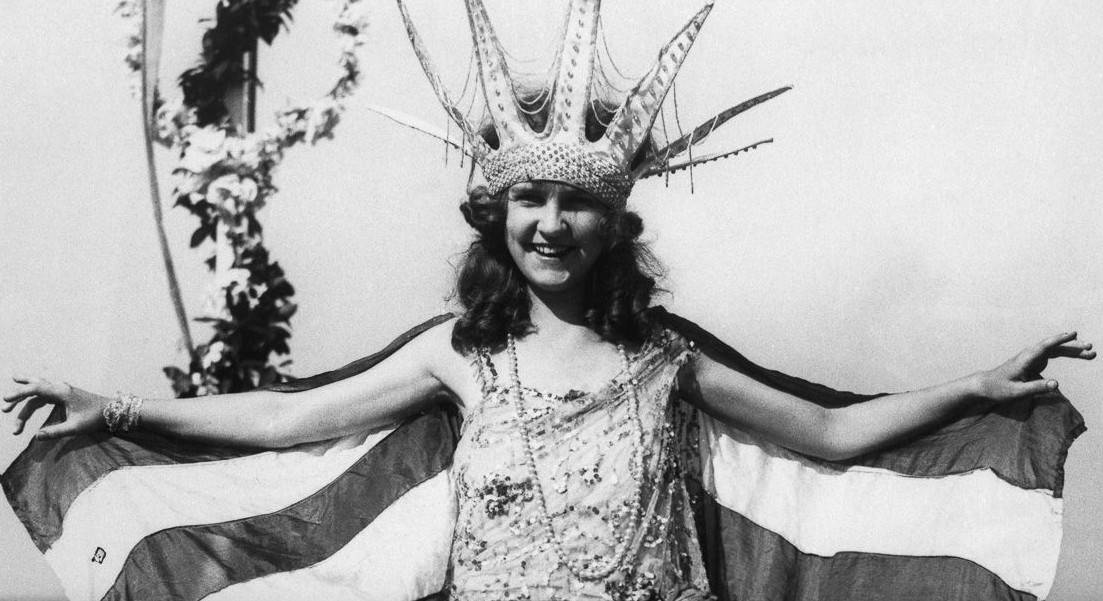The Miss America Pageant is famous for drawing huge crowds and sparking controversy since the 1920’s. While you may be familiar with more recent news surrounding the Miss America pageant and its competitors, few people remember the extensive history of the contest that has been going on for almost one hundred years, and how it became as massive as it is today.

20. The Original Contest Was Called “Inter-City Beauties”
The beauty pageant that started the Miss America tradition was originally called “The Inter-City Beauties” – since a lot of the people who went on vacation in Atlantic City were from Philadelphia, New York City, and Washington, DC. They started off with a “popularity contest” in each of the major newspapers along the east coast. Women sent in photographs, and a few lines of information about what they liked to do in their spare time. Readers voted on their favorite girls, and the winners got to go on an all-expenses paid trip to Atlantic City.
Instead of a panel of judges, the women were judged 50% from audience applause and 50% judges. Today, contestants in beauty pageants have a private interview with a panel of judges, and they also have questions asked of them on stage by the host, in order to test their intelligence and wit. This was very much what happened at the first contest, but it was far less organized. Members of the audience were shouting out questions to the girls, and the way in which they answered the heckling crowd was part of how they were judged.

